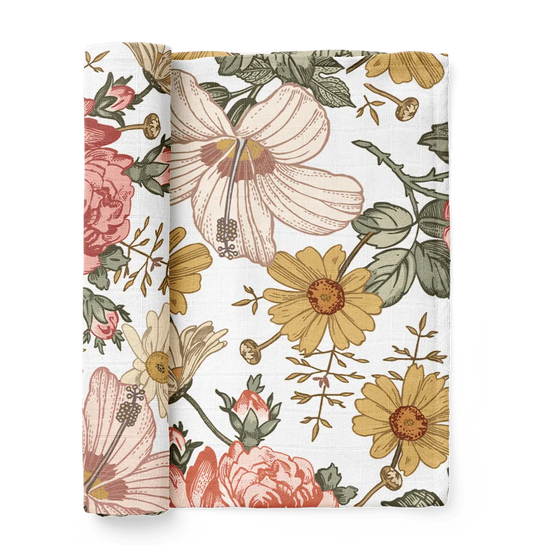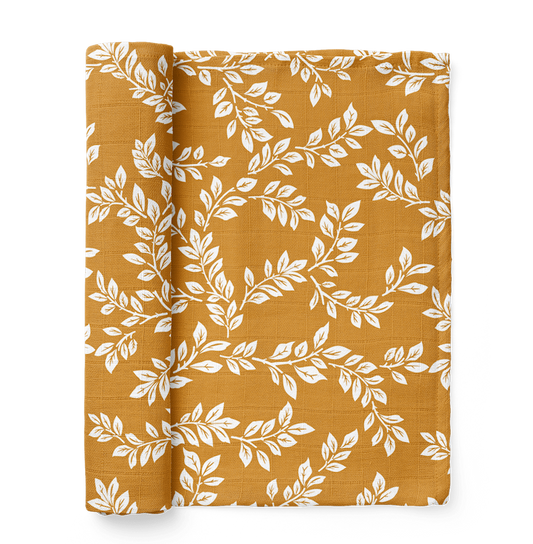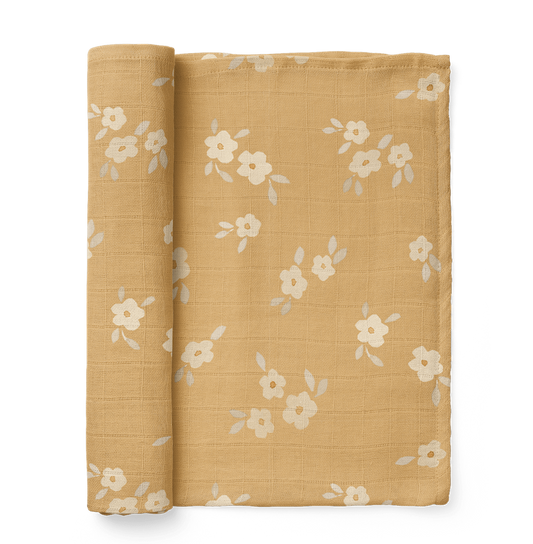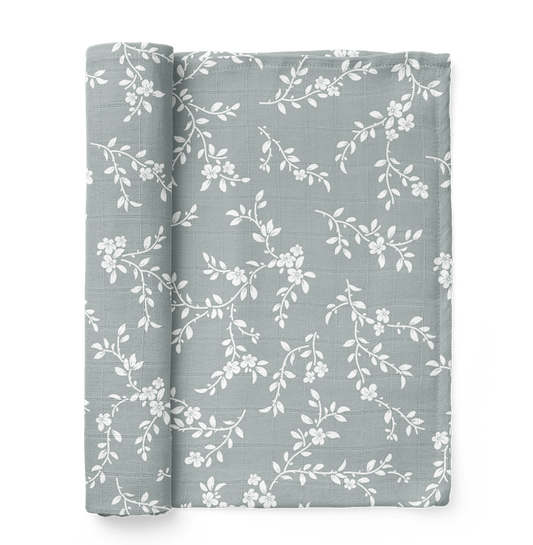As expectant parents, one of the many decisions you'll face is where your newborn will sleep. The two primary options are bassinets and cribs, each offering unique advantages and considerations. In this article, we'll explore the differences between bassinets and cribs, their pros and cons, how to choose between them, materials to consider, and more to help you make an informed decision for your little one's comfort and safety.
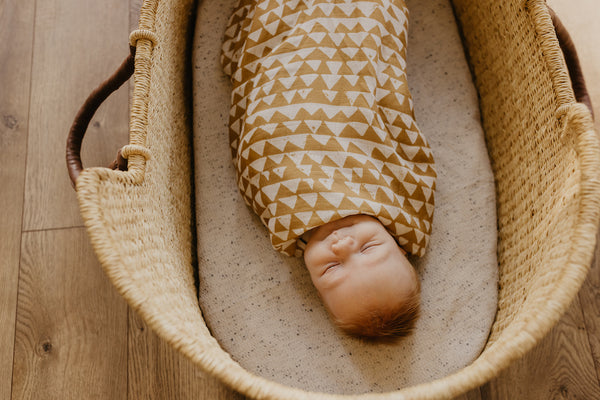
Understanding Bassinets
Bassinets are small, portable sleeping spaces designed for infants from birth to about six months old. They come in various styles, including traditional bassinets, co-sleepers, and bedside sleepers. Here are some key features and considerations:
Pros:
- Portability: Bassinets are lightweight and often have wheels or handles, making them easy to move around the house or take on trips.
- Proximity: Many bassinets are designed for bedside use, allowing parents to keep their newborn close for easy nighttime feedings and comforting.
- Space-saving: Ideal for smaller living spaces, bassinets take up less room compared to cribs, making them suitable for parents who co-sleep or have limited space.
- Transition aid: Transitioning from bassinet to crib can be smoother for some babies as they become accustomed to sleeping in a larger space.
Cons:
- Limited lifespan: Most babies outgrow bassinets by six months, necessitating a transition to a crib or larger sleep space.
- Weight limit: Bassinets have weight limits, and once your baby exceeds it or starts rolling over, it's time to transition to a crib.
- Limited storage: Bassinets typically have minimal storage space for diapers, wipes, or other baby essentials.
- Less durability: Due to their lightweight construction, bassinets may not be as durable as cribs and may not withstand long-term use.
Exploring Cribs
Cribs are sturdy, stationary sleep spaces designed to accommodate infants and toddlers. They come in various styles, including standard cribs, convertible cribs, and portable cribs. Here are some considerations:
Pros:
- Long-term use: Cribs are designed to accommodate babies as they grow into toddlers and beyond, providing a more extended period of use compared to bassinets.
- Safety features: Modern cribs adhere to strict safety standards, including slat spacing, mattress height adjustment, and non-toxic finishes, ensuring a safe sleep environment for your baby.
- Ample storage: Many cribs come with built-in storage drawers or shelves, providing convenient space for baby essentials.
- Sturdiness: Cribs are built to be sturdy and durable, with materials and construction designed to withstand years of use.
Cons:
- Space requirements: Cribs take up more space compared to bassinets, which may be challenging for parents with limited space or those who prefer to co-sleep.
- Lack of portability: Unlike bassinets, cribs are stationary and not designed for easy movement around the house or for travel.
- Transition challenges: Some babies may have difficulty transitioning from a bassinet or co-sleeper to a crib, requiring patience and consistency from parents.
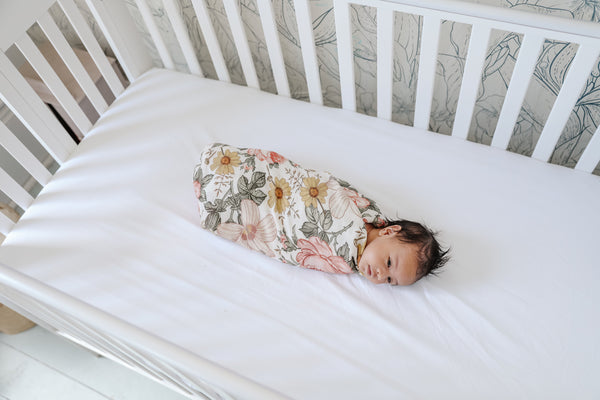
Choosing Between Bassinet and Crib
- When deciding between a bassinet and a crib, consider the following factors:
- Your lifestyle: Are you a frequent traveler or do you plan to keep your baby close at night? If so, a bassinet may be the better choice initially.
- Space constraints: Assess the available space in your home and determine which option fits best without crowding the room.
- Safety standards: Ensure that whichever option you choose meets current safety standards and guidelines to provide a secure sleep environment for your baby.
Materials to Consider
Regardless of whether you choose a bassinet or a crib, consider the following materials:
- Wood: Solid wood cribs are durable and sturdy, while also providing an aesthetic appeal to the nursery.
- Metal: Metal cribs are lightweight and easy to clean, but may not offer the same warmth as wooden cribs.
- Fabric: Look for bassinets or crib accessories made from breathable, non-toxic fabrics to reduce the risk of suffocation or skin irritation.
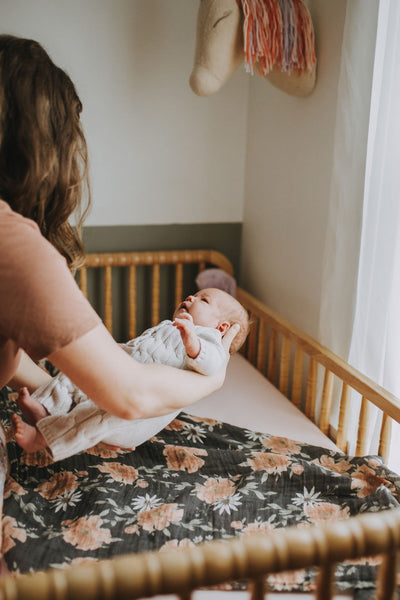
When to Move Baby from Bassinet to Crib
Transitioning your baby from a bassinet to a crib is an important milestone in their early development. While bassinets offer convenience and closeness during the newborn stage, there comes a time when babies outgrow them and are ready for the more spacious and secure environment provided by a crib. Here are some signs that indicate it might be time to make the move:
- Age and Weight Limits: Most bassinets have recommended age and weight limits specified by the manufacturer. Once your baby reaches these limits, it's time to transition to a crib. Typically, babies outgrow bassinets around the age of six months or when they start showing signs of rolling over.
- Rolling Over: If your baby has started rolling over independently, it's a sign that they need more space and freedom of movement than a bassinet can provide. Cribs offer a larger, flat sleeping surface that allows babies to move around safely.
- Increased Activity: As babies grow and become more active, they may require a crib to accommodate their changing sleep patterns and movements. A crib provides a secure space for them to stretch out, roll, and explore during sleep.
- Safety Concerns: Bassinets have weight limits and are designed for stationary sleep. If your baby is nearing or exceeding the weight limit, or if they are showing signs of attempting to climb or escape from the bassinet, it's time to transition to a crib for their safety. Waiting too long to transition can increase the risk of accidents, such as a baby being able to pull themselves up and potentially fall out of a shallow bassinet.
- Discomfort: If your baby appears to be uncomfortable or restless in the bassinet, it could be a sign that they need more space or a different sleep environment. Moving them to a crib with a larger mattress and more room to maneuver can improve their sleep quality and overall comfort.
- Parental Comfort: Some parents may find it uncomfortable or inconvenient to continue using a bassinet as their baby grows, especially if they are co-sleeping or sharing a room. Transitioning to a crib can provide more space and privacy for both baby and parents.
When making the transition from bassinet to crib, it's essential to ensure that the crib meets all safety standards and guidelines, including proper assembly, mattress fit, and crib placement. Additionally, maintaining a consistent bedtime routine and creating a safe sleep environment in the crib can help ease the transition and ensure a smooth adjustment for your baby.
Remember that every baby is unique, so there's no one-size-fits-all approach to transitioning from a bassinet to a crib. Trust your instincts as a parent and observe your baby's cues to determine the right time for this important milestone in their sleep journey.
Conclusion
Whether you're a bassinet mom or a crib mom, the most important consideration is creating a safe and comfortable sleep environment for your baby. Take the time to evaluate your needs, budget, and space constraints before making a decision. Remember, every baby is unique, so what works best for one family may not be the ideal choice for another. Trust your instincts and prioritize your baby's safety and comfort above all else as you navigate this exciting journey into parenthood.
FAQ’s about Cribs and Bassinets
Q. What is the difference between a bassinet and crib?
A. A bassinet is smaller, portable, and suitable for newborns up to about six months old, while a crib is larger, stationary, and designed for infants and toddlers.
Q. When to move baby from bassinet to crib?
A. When your baby reaches the age or weight limits of the bassinet, starts rolling over independently, shows signs of increased activity, or if safety concerns arise, it's time to transition to a crib.
Q. Do you need a bassinet and crib?
A. It depends on your preferences and lifestyle. Some parents choose to use both for different purposes, while others may opt for just one, depending on space constraints and individual needs.
Q. Can a bassinet be used as a crib?
A. No, bassinets are not designed for long-term use like cribs. They have weight and age limits, and they are not as sturdy or spacious as cribs.
Q. Do newborns sleep in a crib or bassinet?
A. Newborns can sleep in either a crib or a bassinet. Bassinets are commonly used during the early months due to their smaller size and portability, while cribs are suitable for longer-term use as babies grow.
Q. Is a mini crib the same as a bassinet?
A. No, a mini crib is not the same as a bassinet. While both are smaller than standard cribs, mini cribs are still larger and more similar to full-size cribs in terms of structure and function, whereas bassinets are typically smaller and more portable.
Q. Is a bassinet necessary?
A. While having a designated safe space for your baby to sleep is essential, it doesn't necessarily have to be a bassinet. Alternatives like a crib, co-sleeper, or playpen can also provide a suitable sleeping environment for your baby.
Q. Do bassinets need a mattress?
A. Bassinets typically come with a mattress designed to fit the bassinet dimensions. It's essential to use a mattress specifically made for the bassinet to ensure a proper fit and compliance with safety standards.


